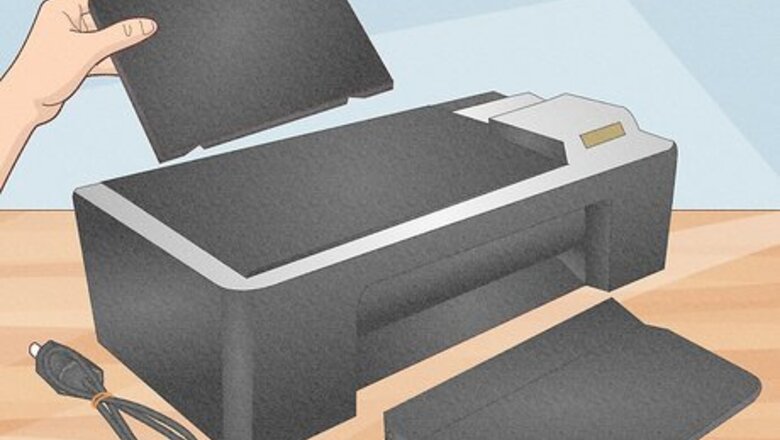
views
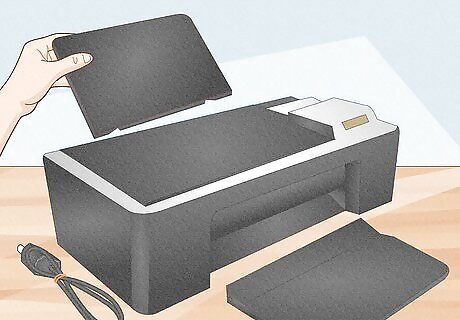
Separate the equipment into as many pieces as possible. For packing a printer, for example, you would want to separate the paper tray from the main body and remove any cords.
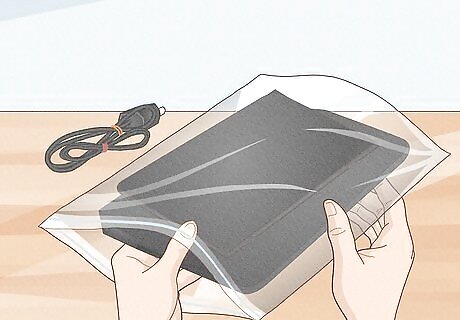
Place small components of the device into their own plastic bags and label them. For cords, bundle them and use twist ties to keep them together. Unbundled cords can take up a lot of space.
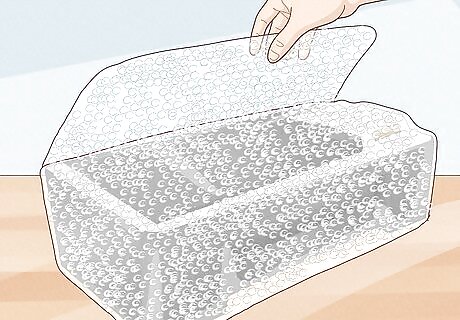
Wrap large pieces of equipment in 2 layers of bubble wrap. Tape the bubble wrap to itself with heavy duty tape.
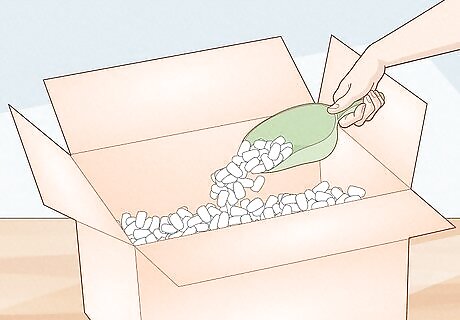
Fill a large cardboard shipping box halfway with packing peanuts.
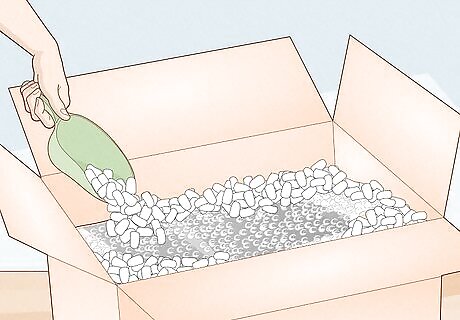
Put the largest piece of equipment into the box, covering about a third of the device with the packing peanuts.
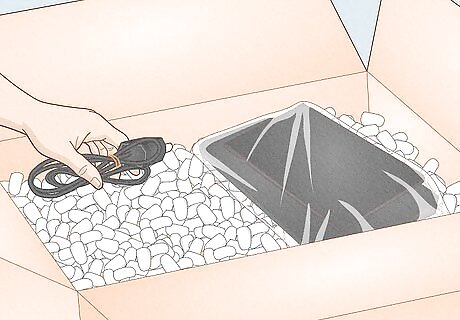
Place the various wrapped components inside the box so they do not touch each other.
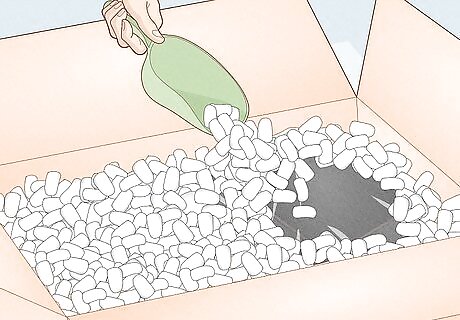
Fill the rest of the box with packing peanuts.
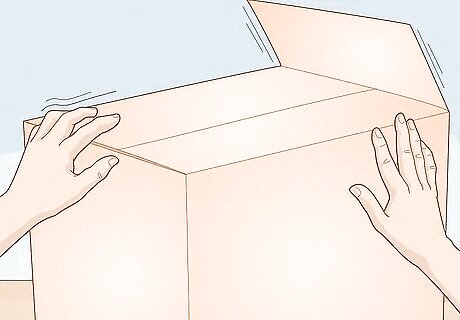
Close the top of the box and shake it gently. If there is movement inside, open the box and reposition the devices, adding more packing peanuts as needed.
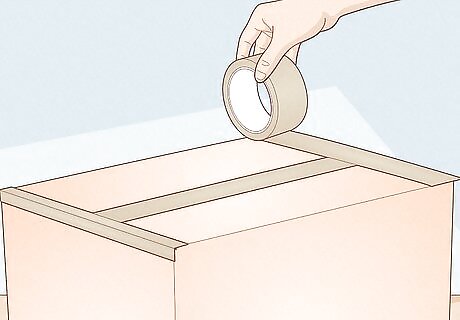
Shut the box and tape it both vertically and horizontally.
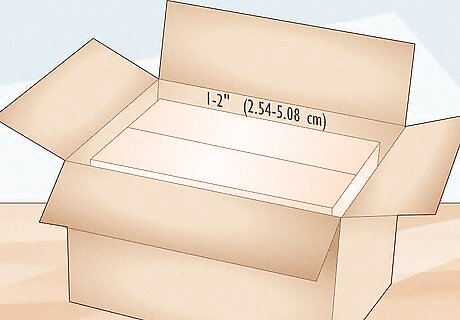
Obtain another large cardboard shipping box, about 1 to 2 inches (2.54 to 5.08 cm) larger than the original box.
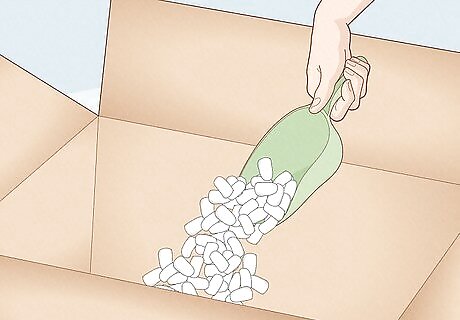
Pour a thin layer of packing peanuts into the new box.
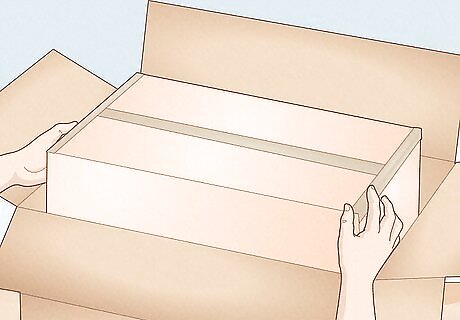
Place the first package into the second box.
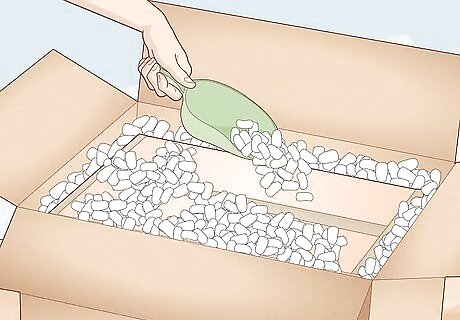
Fill the remaining space with packing peanuts.
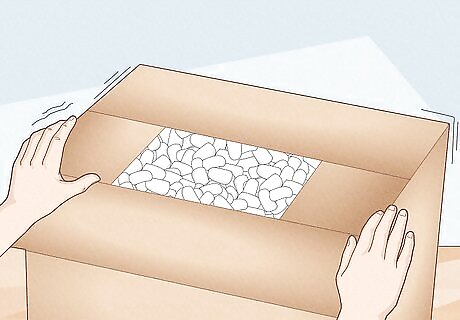
Check again for movement and repackage as needed.
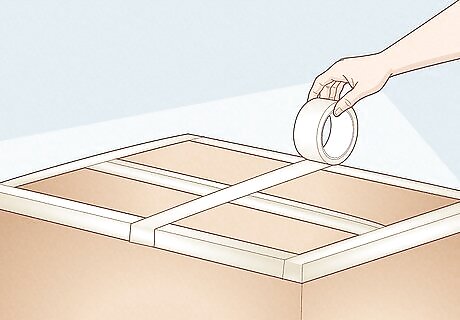
Close the box and tape the top flaps shut using at least 6 pieces of heavy duty tape. If the seal breaks, packing peanuts will escape and destroy your secure package.
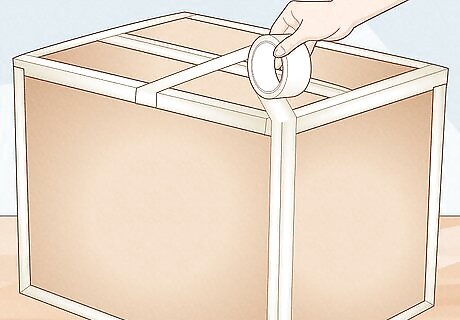
Tape around every seam of the outer box.
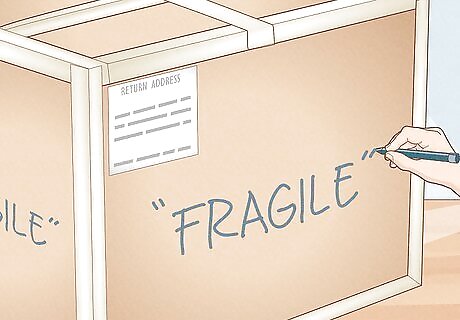
Label the box as "Fragile" and make sure to include a return address.
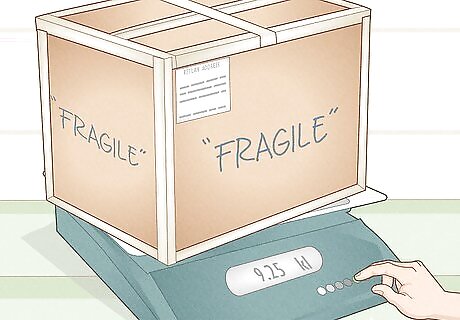
Weigh the package on a precise shipping scale to determine shipping price.














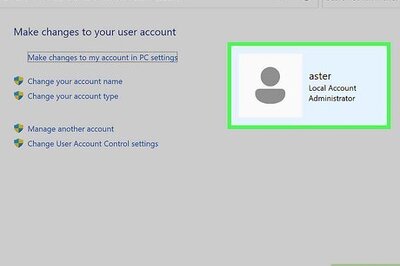

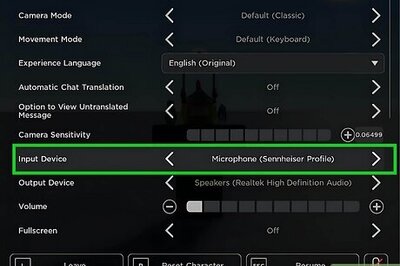


Comments
0 comment